Verizon warns against the hidden threat affecting 1 in 10 teens

The rapid growth of artificial intelligence is both impressive and a bit concerning. With powerful tools like image and video generation now accessible to just about anyone, it was only a matter of time before deepfakes and fake images started flooding the web. That is why it is so important to know how to spot them and avoid falling for scams.
And Verizon agrees, which is why the carrier shared some useful tips on teaching your teenagers how to identify deepfakes. These AI-generated images or videos are designed to look real, often with the intent to deceive, manipulate or even harass.
Deepfakes are more common than you might think, and they are already affecting teenagers in a big way. A recent study found that 1 in 10 teens knows someone who has been a target of one. That means in just about every classroom, at least one student has dealt with the fallout of AI-generated deception. And since a lot of teens don’t report these things, the actual number is probably even worse.
So, before you believe, share or react to a video or image online – especially if it is just floating around on social media with no credible source behind it – ask yourself a few key questions: Does this actually seem real? Who is behind it? If something looks sketchy or too good to be true, don’t just assume it is legit.
As for the news, Verizon advises to stick with sources you know and trust instead of random posts online. And if it is about a product, check the brand’s official site. When you are unsure about an image or video, you can also try running a reverse search with tools like Google Lens or check fact-checking sites like Snopes. The internet is full of fakes, but a little skepticism can go a long way.
Now, while AI is evolving at an insane pace and we are already seeing tools like OpenAI’s Sora and Google’s Veo 2 whipping up hyper-realistic videos in seconds, it isn’t perfect. It still slips up and if you look closely, you will catch the glitches. That is why it is important to know what to watch for when spotting deepfakes.

A big giveaway? Hands and fingers. AI still struggles with them, so keep an eye out for extra fingers or weirdly bent ones. Also, check out clothing, hair and accessories – AI sometimes blends things together in unnatural ways. Another red flag is shadows and reflections that don’t quite match up. And if you see blurry, garbled text or nonsense signs in the background, that is a sure giveaway of AI-generated content.
The good news is that platforms like TikTok, Facebook and Instagram are starting to label AI-generated posts, so you should always check for warning tags, too.
At the end of the day, I believe we all need to slow down, think twice and fact-check before believing everything we see online – kids and adults alike. And it is good to see tech companies stepping in, too. YouTube now lets users report AI deepfakes of themselves and Honor has even introduced AI tools that can detect deepfakes. But ultimately, it is on us to stay sharp and protect ourselves from the misuse of AI technology.
Deepfakes and scams are designed to trigger strong emotions. Whether it’s a fake news story, a scam ad or a deepfake video, an AI-generated scam works best when it gets people to react first and think later. That’s why teaching kids to pause and assess their emotional response is a key first step in recognizing fakes (and because you can’t put parental controls on their emotions).
– Verizon, April 2025
So, before you believe, share or react to a video or image online – especially if it is just floating around on social media with no credible source behind it – ask yourself a few key questions: Does this actually seem real? Who is behind it? If something looks sketchy or too good to be true, don’t just assume it is legit.
As for the news, Verizon advises to stick with sources you know and trust instead of random posts online. And if it is about a product, check the brand’s official site. When you are unsure about an image or video, you can also try running a reverse search with tools like Google Lens or check fact-checking sites like Snopes. The internet is full of fakes, but a little skepticism can go a long way.

Video generation with AI gets better and better. | Video credit – Google
The good news is that platforms like TikTok, Facebook and Instagram are starting to label AI-generated posts, so you should always check for warning tags, too.
At the end of the day, I believe we all need to slow down, think twice and fact-check before believing everything we see online – kids and adults alike. And it is good to see tech companies stepping in, too. YouTube now lets users report AI deepfakes of themselves and Honor has even introduced AI tools that can detect deepfakes. But ultimately, it is on us to stay sharp and protect ourselves from the misuse of AI technology.


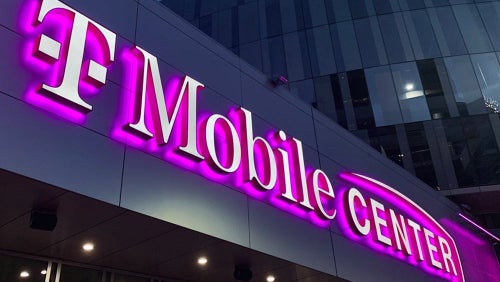
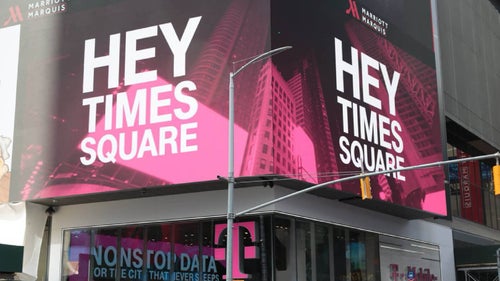
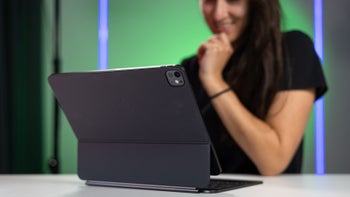
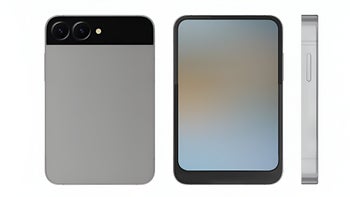
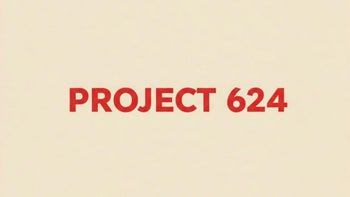
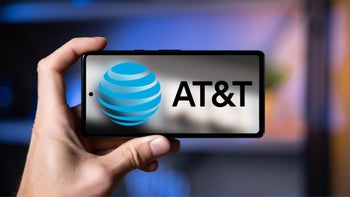

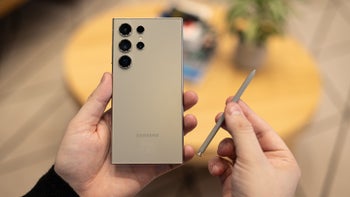
Things that are NOT allowed: